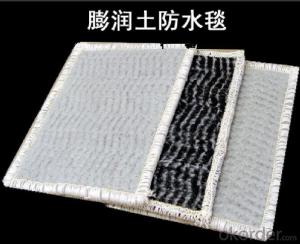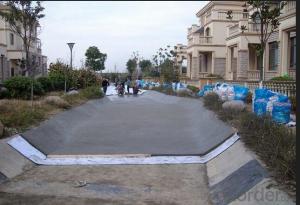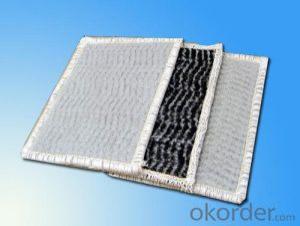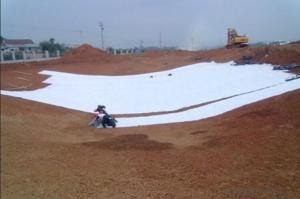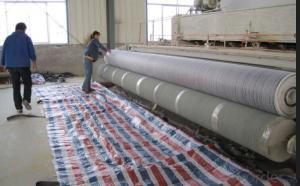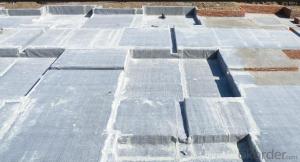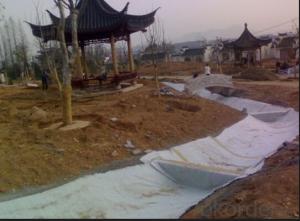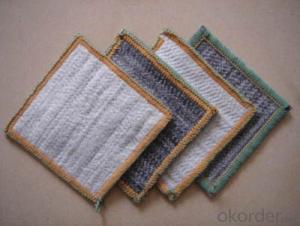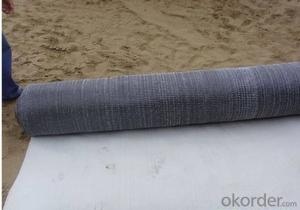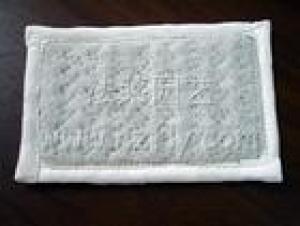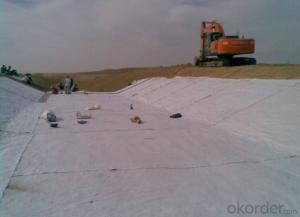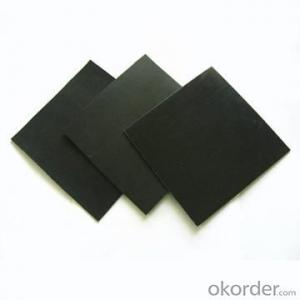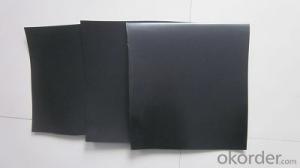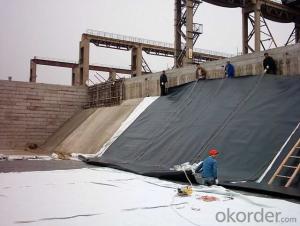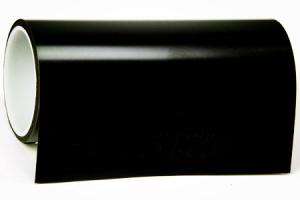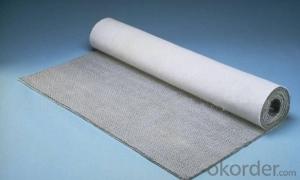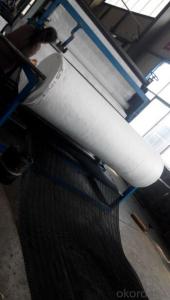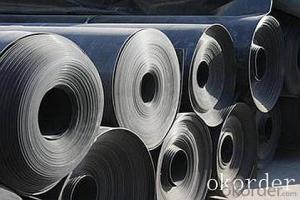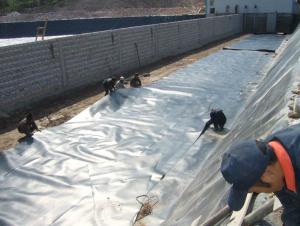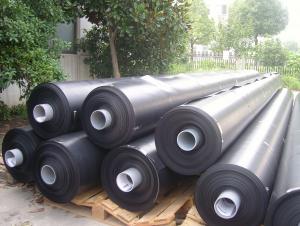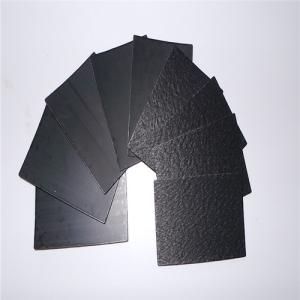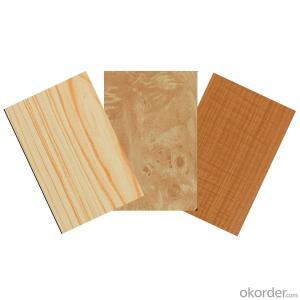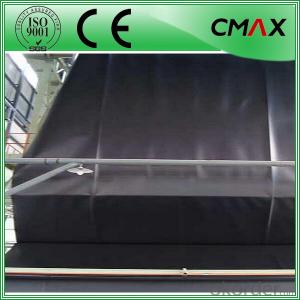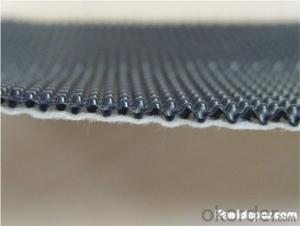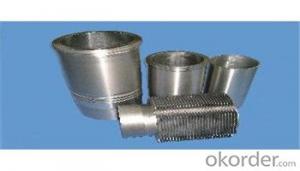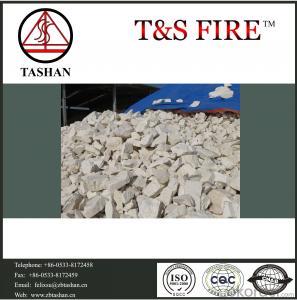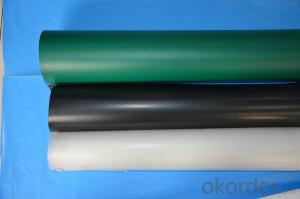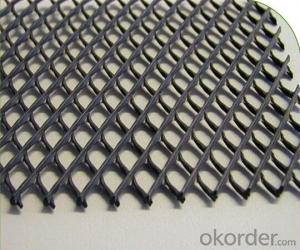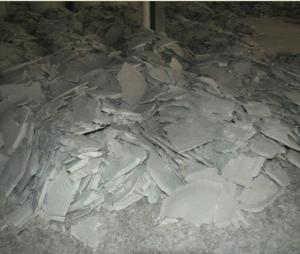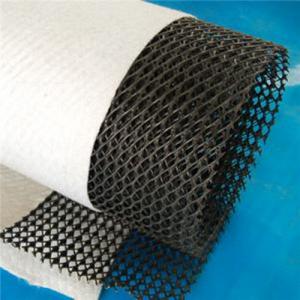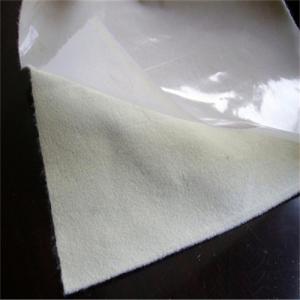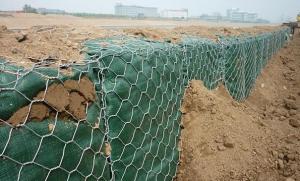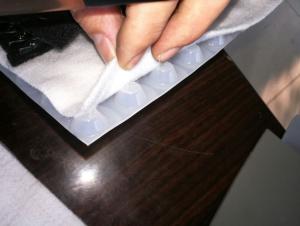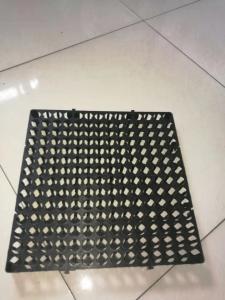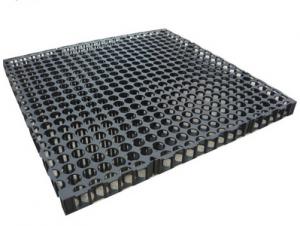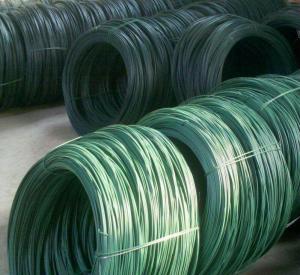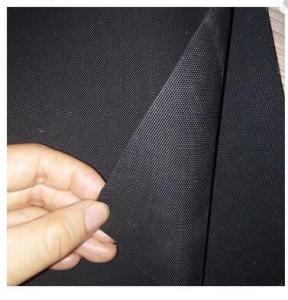Geocomposite Clay Liner
Geocomposite Clay Liner Related Searches
Geocomposite Liner Geosynthetic Clay Liner Geocomposite Drainage Layer Geocomposite Drain Geocomposite Geomembrane Pond Liner Geocomposite Drainage Strip Geocomposite Drain Strips Geocomposite Drainage Board Geocomposite Drainage Material Geocomposite Strip Drain Geocomposite Drainage Net Geocomposite Drainage Mat Geocomposite Subsoil Drain Geocomposite Drainage System Impermeable Geomembrane Liner Waterproofing Geomembrane Liner Geomembrane Liner Landfill Geocomposite Wall Drain Gcl Liner Geocomposite Sheet Drain Pvc Geomembrane Liner Geocomposite Drain Installation Bituminous Geomembrane Liner Geocomposite Membrane Liner Geomembrane Gse Geocomposite Composite Geogrid Machine Geocomposite Drainage Sheet Geomembrane Liner SpecificationGeocomposite Clay Liner Supplier & Manufacturer from China
Geocomposite Clay Liner is a type of impermeable barrier material that is specifically designed for use in various construction and environmental applications. This product combines the benefits of geosynthetic clay liners (GCLs) with the added strength and protection of a composite structure, making it an ideal choice for projects that require a reliable and long-lasting solution to prevent the migration of contaminants.The Geocomposite Clay Liner is widely used in a range of applications, including landfills, wastewater treatment facilities, and industrial waste containment systems. It is particularly effective in scenarios where there is a need to prevent the leakage of hazardous substances or protect groundwater resources from contamination. The product's unique design allows for easy installation and can be tailored to fit the specific requirements of each project, ensuring optimal performance and efficiency.
As a leading wholesale supplier, Okorder.com offers a vast inventory of Geocomposite Clay Liners to cater to the needs of various industries and projects. Our commitment to providing high-quality products and exceptional customer service has made us a trusted partner for many businesses and organizations around the world. By choosing Okorder.com as your supplier, you can be confident that you are receiving the best Geocomposite Clay Liner products available on the market, ensuring the success and longevity of your project.
Hot Products
